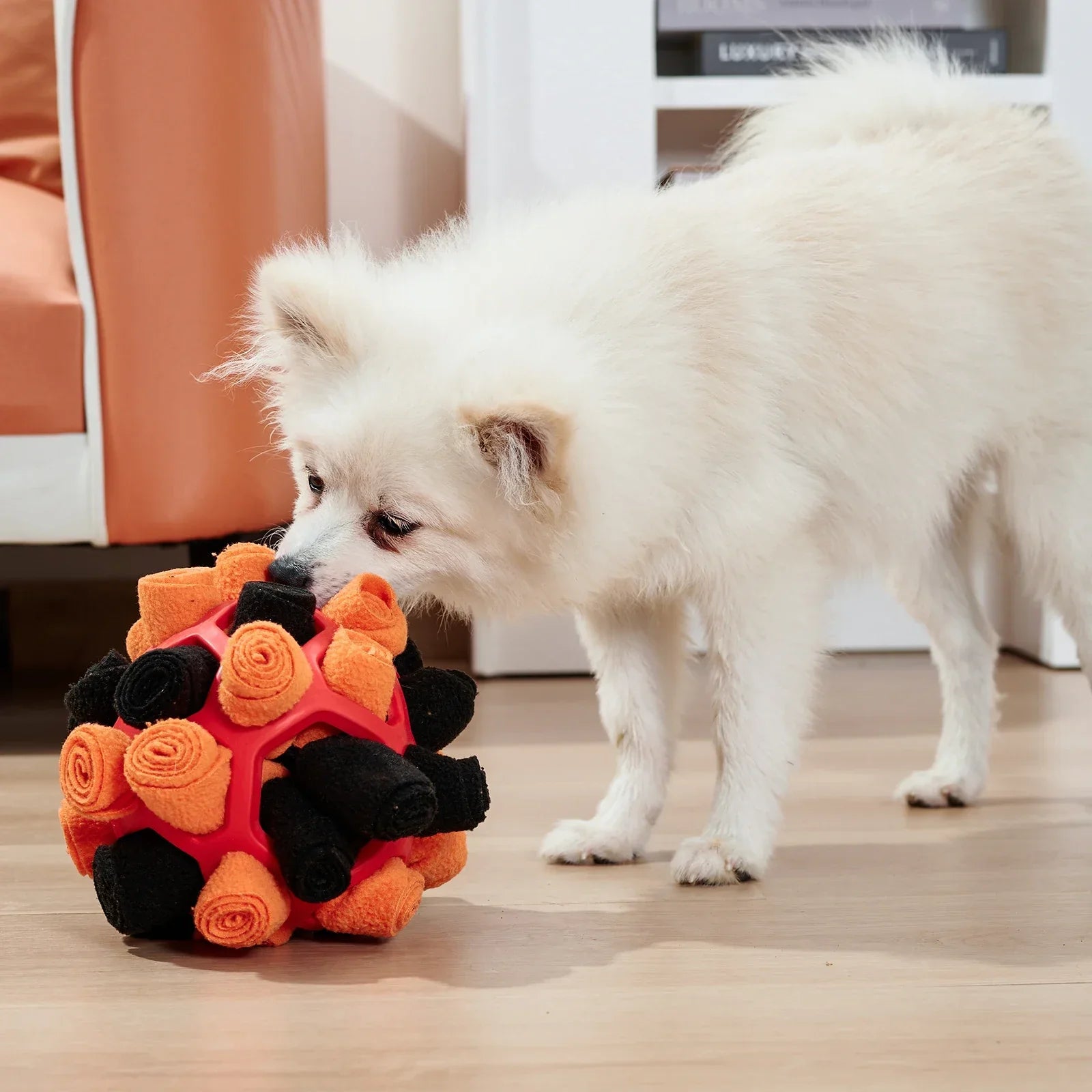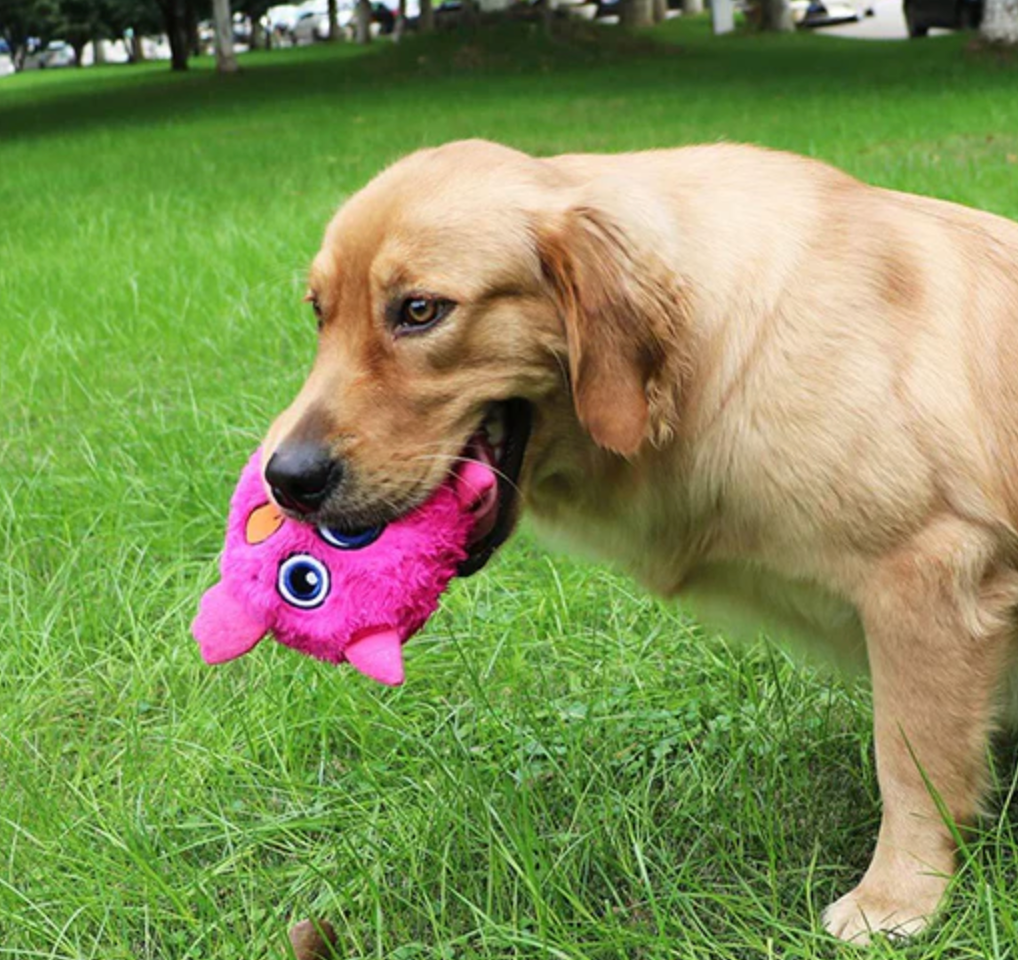Dog training can be an incredibly rewarding experience, fostering a unique bond between you and your furry companion. Among the various training methods available, positive reinforcement stands out as a powerful and effective approach. This technique not only improves your dog's behavior but also boosts their confidence and strengthens the bond you share.
In this article, we'll explore the fundamentals of positive reinforcement, its benefits, and how it differs from negative reinforcement. We'll also provide practical tips on implementing positive reinforcement and address common challenges you might encounter. Whether you're a seasoned dog owner or a first-timer, understanding and applying positive reinforcement can transform your training journey. If you're ready to enhance your dog's well-being and strengthen your bond, let's dive in and explore how positive reinforcement can bring out the best in your canine companion. Buy now and embark on a journey of mutual growth and happiness.
Positive reinforcement 101
Positive reinforcement is a powerful and effective method for dog training that focuses on rewarding desired behaviors with something your dog finds pleasant. This approach is based on the simple yet profound principle that animals, including dogs, are more likely to repeat behaviors that are followed by positive consequences. By using positive reinforcement, you can encourage your dog to associate certain actions with rewards, making them eager to perform those actions again.
The core idea behind positive reinforcement is to create a strong, positive association between a specific behavior and a reward. This could be anything from a tasty treat to enthusiastic praise or extra playtime. When your dog performs the desired behavior, such as sitting on command or coming when called, they receive an immediate reward. This reward system not only encourages the behavior but also reinforces the bond between you and your pet. Over time, your dog will come to understand that performing these actions leads to positive outcomes, making them more willing to comply with your commands.
One of the greatest advantages of positive reinforcement is its versatility. This method can be used to teach dogs a wide variety of commands and tricks, from basic obedience like "sit" and "stay" to more complex behaviors like fetching or even performing elaborate tricks. By consistently rewarding desired behaviors, you can shape your dog's actions in a positive and encouraging way, leading to a more well-behaved and confident pet.
Moreover, positive reinforcement is not just about teaching new behaviors; it's also about reinforcing and maintaining existing ones. By continuing to reward your dog for good behavior, you ensure that they remain motivated to perform those actions. This ongoing reinforcement helps to solidify your dog's training and enhances their overall well-being, as they learn to associate positive experiences with their daily interactions with you.
What positive reinforcement can do for your dog
Using positive reinforcement in dog training offers a multitude of benefits that go beyond just teaching basic commands. One of the most significant advantages is the profound impact it has on the relationship between you and your dog. By consistently rewarding desired behaviors, you foster a bond built on trust and mutual respect. This not only makes the training process more enjoyable for both parties but also strengthens the emotional connection, leading to a deeper understanding and cooperation.
Positive reinforcement is also highly effective in shaping good behavior. When your dog associates positive outcomes with certain actions, they are more likely to repeat those actions. This method not only helps in teaching new commands and tricks but also in reinforcing good habits, such as polite greetings and calm behavior during walks. By focusing on positive reinforcement, you create an environment where your dog feels encouraged and motivated to behave in a way that pleases you, ultimately leading to a more well-behaved and content pet.
Moreover, positive reinforcement plays a crucial role in helping dogs overcome fears and anxieties. By rewarding calm and confident behaviors, you can gradually desensitize your dog to situations that may have previously caused stress or fear. For instance, if your dog is afraid of car rides, rewarding them with treats and praise during short, calm trips can help them associate the experience with positive outcomes. Over time, this can significantly reduce their anxiety and build their confidence in various scenarios.
Lastly, positive reinforcement contributes to your dog's overall well-being and happiness. When your dog feels rewarded and appreciated for their good behavior, it boosts their self-esteem and creates a more positive outlook on life. This can lead to a more confident and resilient dog, better equipped to handle the challenges they may encounter. By incorporating positive reinforcement into your training routine, you not only improve your dog's behavior but also enhance their quality of life, making for a happier and more fulfilling relationship.
Positive reinforcement vs. negative reinforcement
Positive reinforcement and negative reinforcement are two distinct approaches to dog training, each with its own set of methods and outcomes. Positive reinforcement, as discussed, involves rewarding desired behaviors with treats, praise, or other pleasant incentives. This approach encourages dogs to repeat these behaviors because they associate them with positive experiences. In contrast, negative reinforcement aims to stop unwanted behaviors through punishment or the removal of something pleasant until the behavior stops. While negative reinforcement can sometimes produce immediate results, it often does so at the expense of the dog's emotional well-being and the bond between the dog and the owner.
The primary advantage of positive reinforcement is that it motivates dogs to learn and behave well voluntarily. When dogs are rewarded for good behavior, they are more likely to repeat those actions because they enjoy the positive consequences. This creates a cycle of positive interactions, strengthening the bond between the dog and the owner. Over time, positive reinforcement tends to be more effective because it fosters a trusting and cooperative relationship. Dogs learn to associate training sessions with positive experiences, making them more eager to participate and learn new commands or tricks.
Conversely, negative reinforcement can have several drawbacks. When dogs are punished for unwanted behaviors, they may not understand the reason for the punishment, leading to fear and aggression. This can damage the trust between the dog and the owner, making future training more challenging. Additionally, negative reinforcement often relies on the dog's fear of punishment, which can be counterproductive in the long run. Dogs may become anxious or stressed, leading to more behavioral issues rather than resolving them. Ethically, it is also important to consider that animals should not be punished for their natural behaviors. Positive reinforcement aligns with a more humane and compassionate approach to dog training, focusing on building a strong, positive relationship rather than instilling fear.
In summary, positive reinforcement not only helps shape a dog's behavior in a positive way but also enhances the bond between the dog and the owner. It creates a more trusting and cooperative dynamic, making training sessions enjoyable and effective. On the other hand, negative reinforcement can lead to fear, aggression, and a breakdown in trust. By choosing positive reinforcement, owners can build a stronger, more loving relationship with their pets, ensuring long-term behavioral improvements and a happier, more confident dog.
How to use positive reinforcement with your dog
Implementing positive reinforcement in your dog training routine involves several practical steps that can significantly enhance the effectiveness of the process. The key is to focus on rewarding desired behaviors while ignoring or redirecting unwanted ones. By doing so, you create a positive association between specific actions and rewards, making it more likely that your dog will repeat those behaviors. Consistency is crucial in this method; maintaining a steady approach to training helps set clear expectations for your dog and ensures that they understand what is expected of them.
Choosing the right rewards is another essential aspect of positive reinforcement. Treats, praise, and playtime are all effective incentives, but it is important to identify what motivates your dog the most. Some dogs may prefer a favorite toy or a belly rub to a treat. Experiment with different rewards to find out what your dog responds to best. Additionally, the timing of the reward is critical. Immediate reinforcement helps your dog associate the reward with the correct behavior, making the learning process more efficient.
It's important to note that effective training takes time and practice. Patience and persistence are key virtues in this journey. Your dog may not immediately grasp what you are trying to teach, but with consistent positive reinforcement, they will gradually understand and respond to your commands. Remember, every dog is unique, and some may learn faster than others. The goal is to create a positive and encouraging environment where your dog feels confident and motivated to learn.
Lastly, always be mindful of your dog's well-being. Positive reinforcement is not just about teaching commands; it's about building a strong, trusting relationship with your pet. By using positive reinforcement, you are not only improving your dog's behavior but also strengthening the bond between you and your furry companion. This method fosters a mutual respect and understanding that can lead to a happier and more harmonious life together.
Troubleshooting common problems
While positive reinforcement is highly effective, dog owners may encounter some common challenges. One of the most frequent issues is when the dog doesn't seem to respond to the rewards being offered. This could be due to several reasons, such as the reward not being enticing enough or the dog being too distracted by the environment. To address this, try experimenting with different types of rewards. Some dogs may prefer toys over treats, while others might respond better to verbal praise or physical affection. It's essential to find what motivates your dog the most.
Another common problem is when the dog becomes overly excited and loses focus during training sessions. High energy levels can be managed by breaking down the training into shorter, more frequent sessions. This helps the dog stay engaged without becoming overwhelmed. Additionally, using a calm and consistent tone of voice can help to settle the dog and maintain focus. Remember, patience is key. Positive reinforcement training is a gradual process, and it's normal for dogs to need time to understand and respond to new commands.
Consistency is crucial in positive reinforcement training. If the owner is inconsistent in their approach, the dog may become confused and struggle to learn effectively. To overcome this, establish a clear routine and stick to it. Use the same commands and signals every time, and ensure that everyone in the household follows the same training methods. This uniformity will help the dog understand what is expected and reinforce the desired behaviors more effectively.
Lastly, it's essential to select the right type of positive reinforcement for effective training. Not all rewards will work for every dog. Some dogs may be more food-motivated, while others may respond better to play or attention. Observe your dog's preferences and tailor the rewards accordingly. If you find that a particular type of reward isn't working, don't be afraid to switch it up. The goal is to find what works best for your dog and use it to enhance their learning experience.




Leave a comment
This site is protected by hCaptcha and the hCaptcha Privacy Policy and Terms of Service apply.